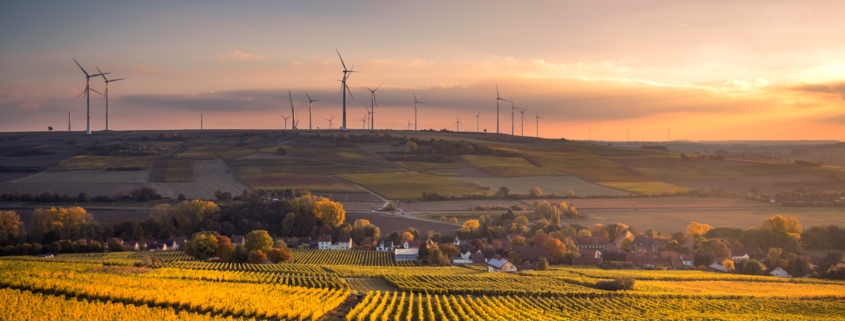Regenerative Agriculture: Healthy Soil Best Bet for Carbon Storage
“Transforming agriculture is the planet’s greatest untapped treasure for coping with the climate crisis. Today’s large-scale conventional agriculture has huge negative impact on soil. Soil erosion, the loss of flora and fauna and thereby nutrients in soils, has become a major factor in Europe,” explains Prof. Thomas Elmqvist, one of the lead authors of EASAC’s first-time scientific analysis of the potential of regenerative agriculture. The report shows that restoring biodiversity in soils, particularly in grasslands can dramatically increase their capacity to capture and store carbon.

